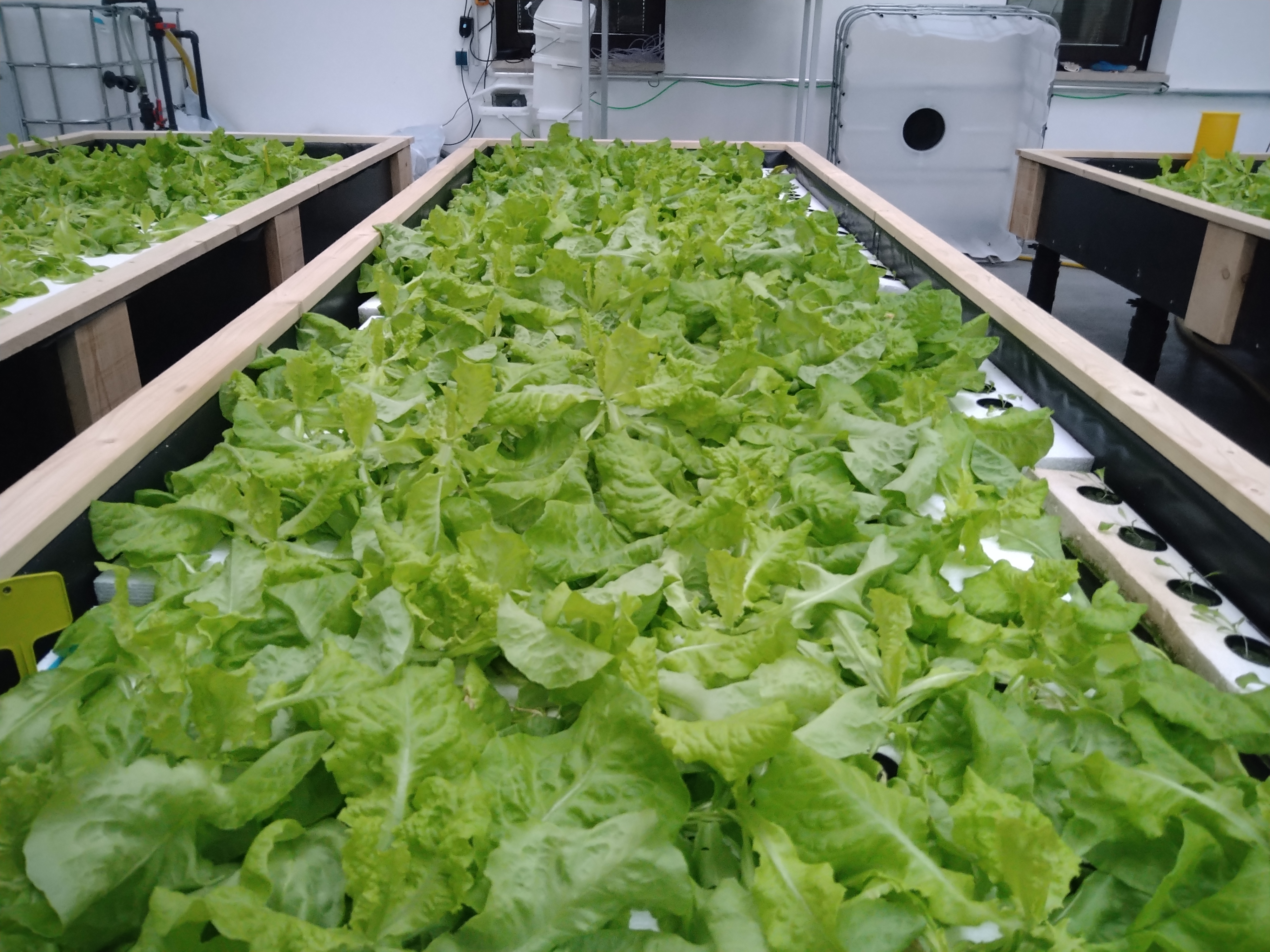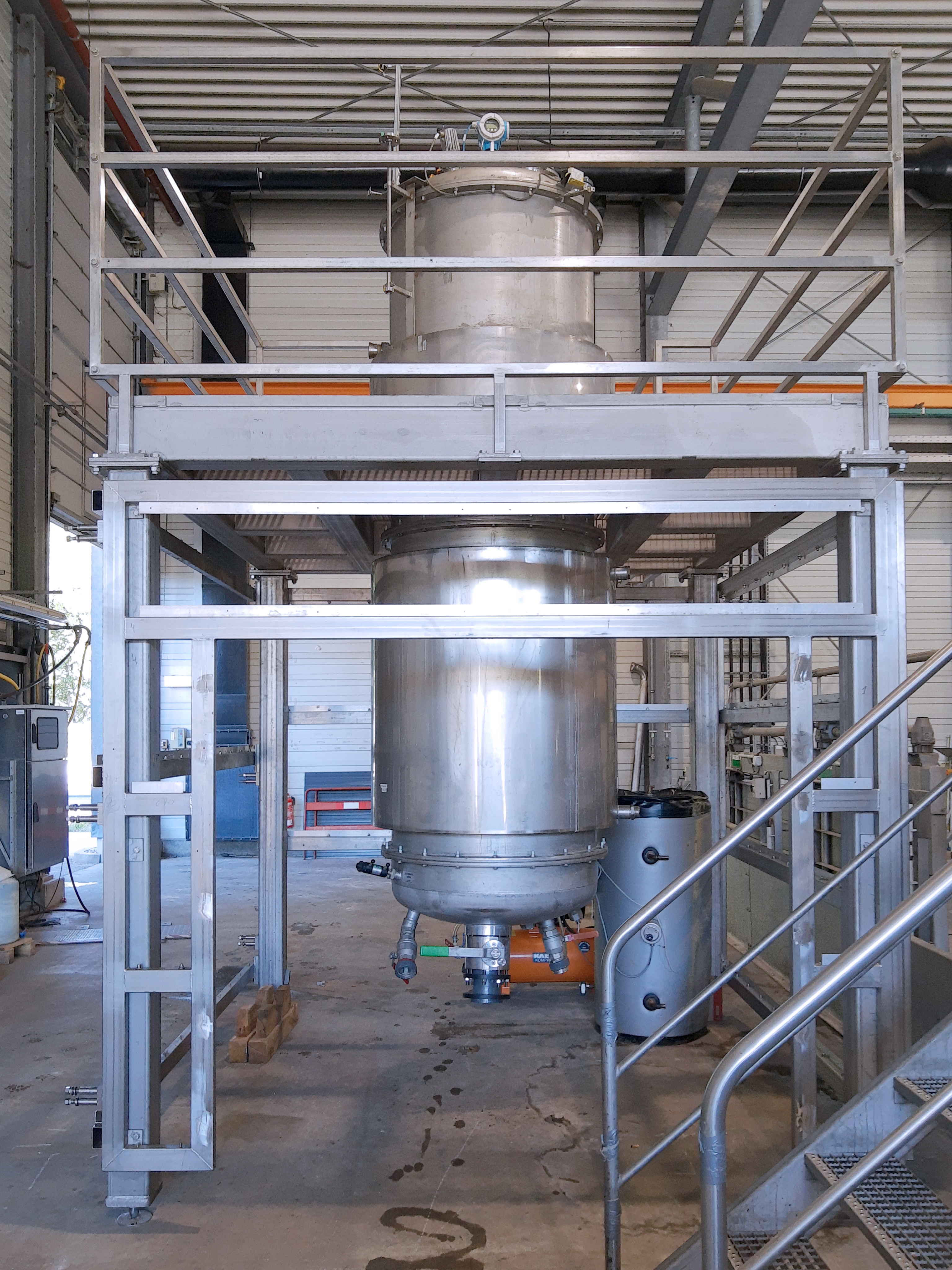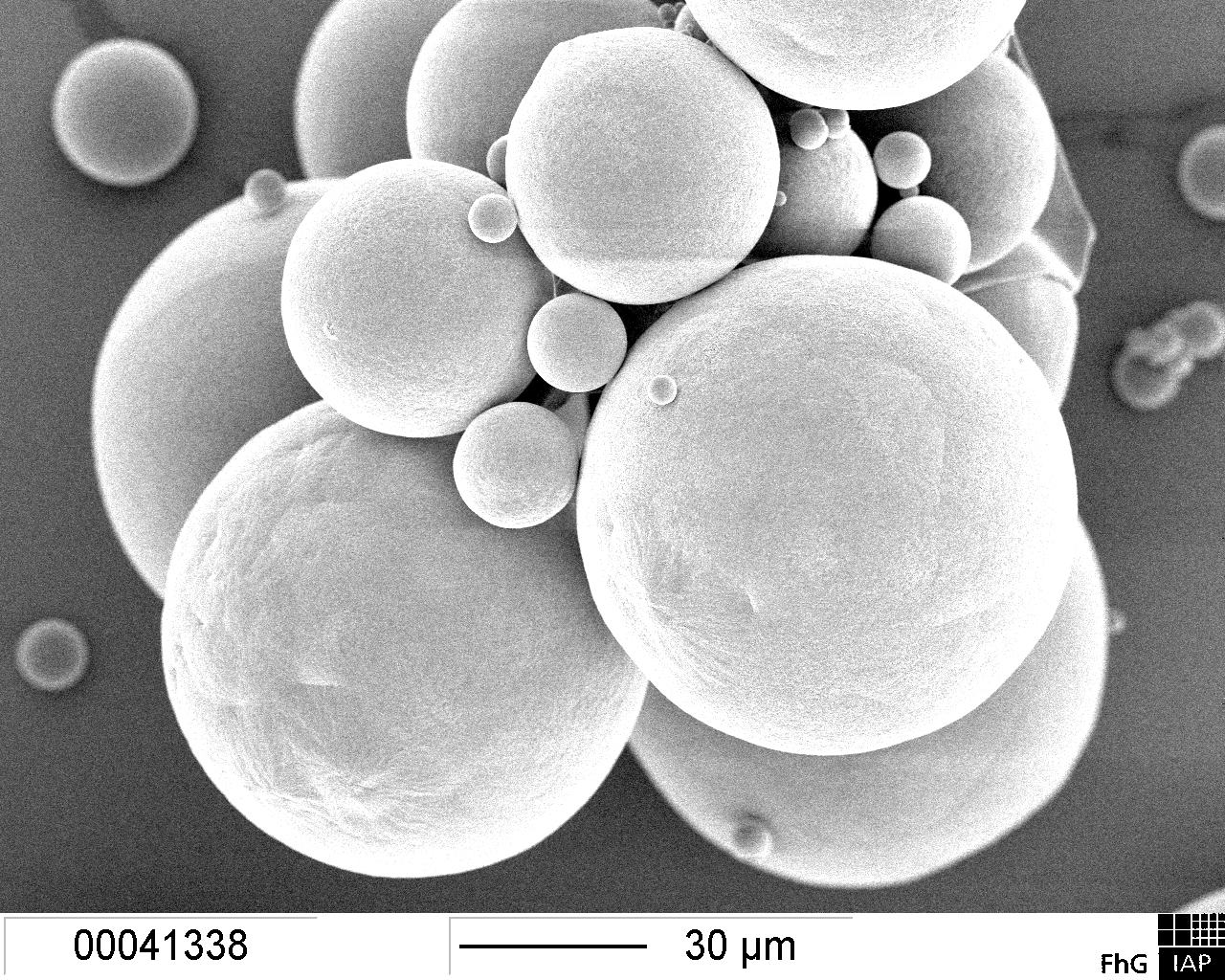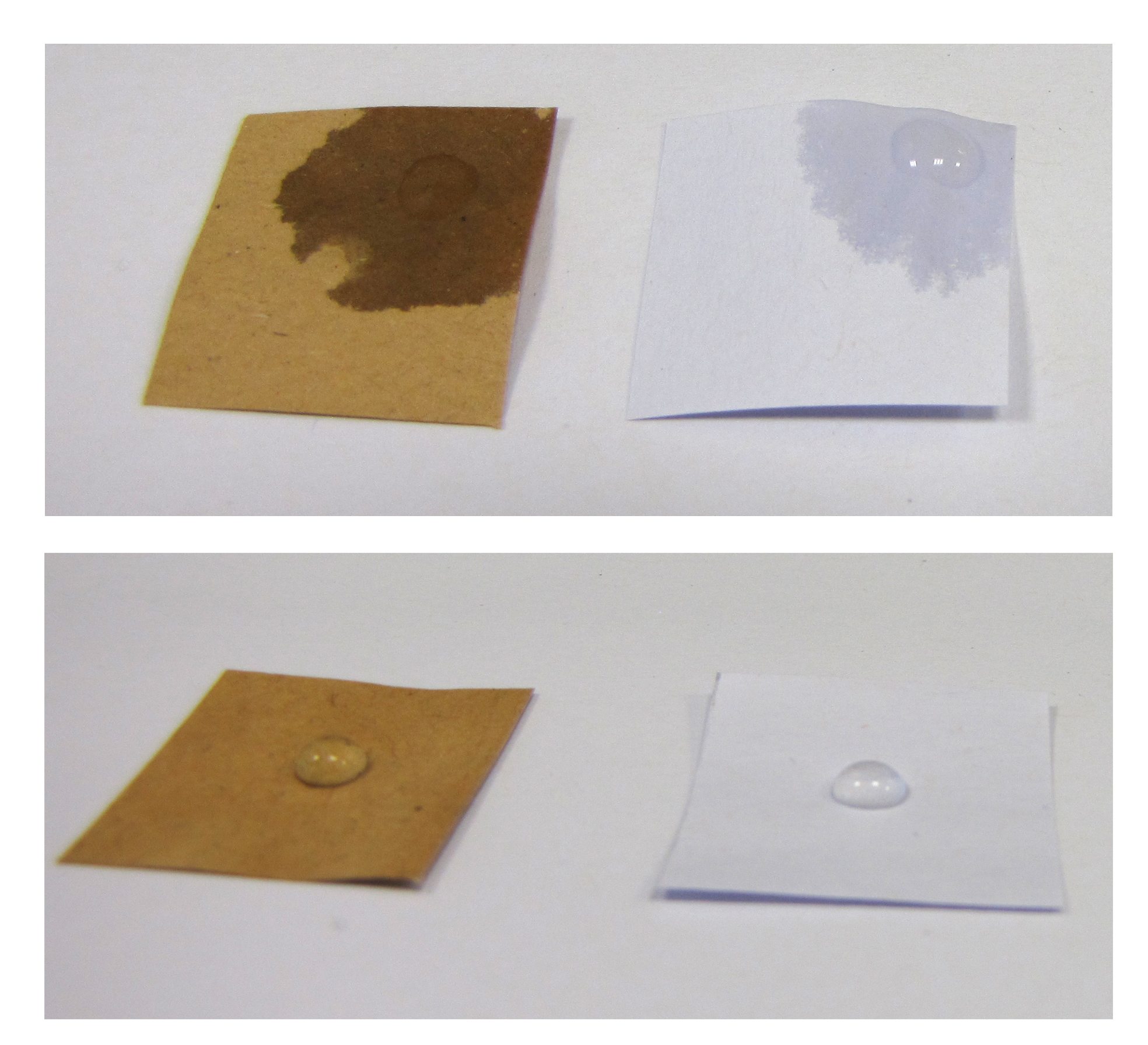All over the world, value creation and production processes lead to harmful emissions and non-recyclable waste and wastewater. Often, in a bioeconomic sense, non-optimized processes and value chains, but also missing technologies are the cause, in addition to a general shortage or increase in price of the required resources.
In the EVOBIO project, concepts were therefore developed and demonstrated on selected examples, which enable the transition from a unidirectional value chain to a fully integrative use of material flows, materials and products in sustainable, resource-conserving bioeconomic process cycles. This was achieved through the targeted, iterative further development of material and product properties, with residue-free reuse of the resources used. The merging of the biosphere and technosphere in a continuously optimizing cycle that is to be developed further in an evolutionary manner forms a central approach here.
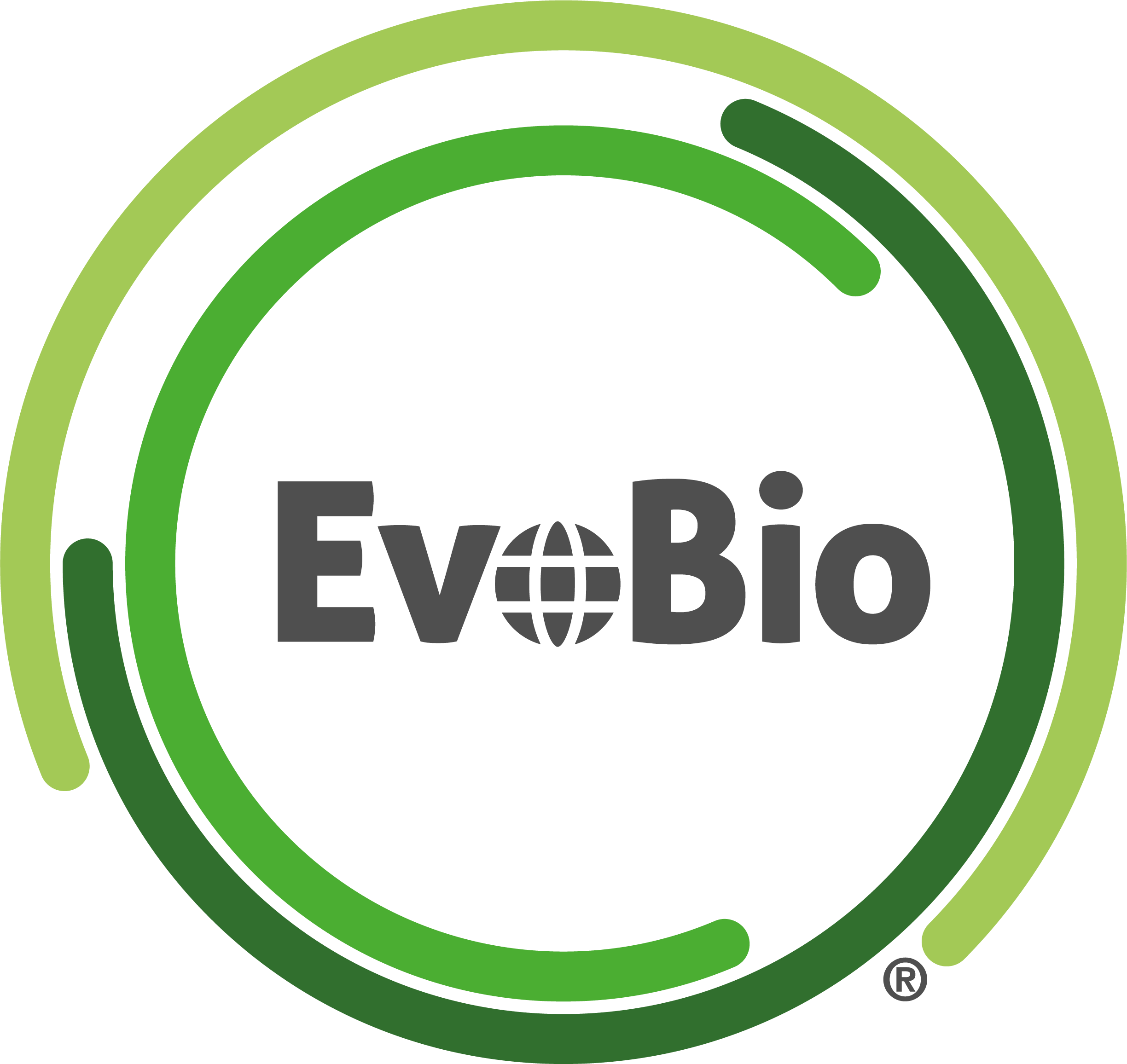
 Fraunhofer Institute for Interfacial Engineering and Biotechnology IGB
Fraunhofer Institute for Interfacial Engineering and Biotechnology IGB